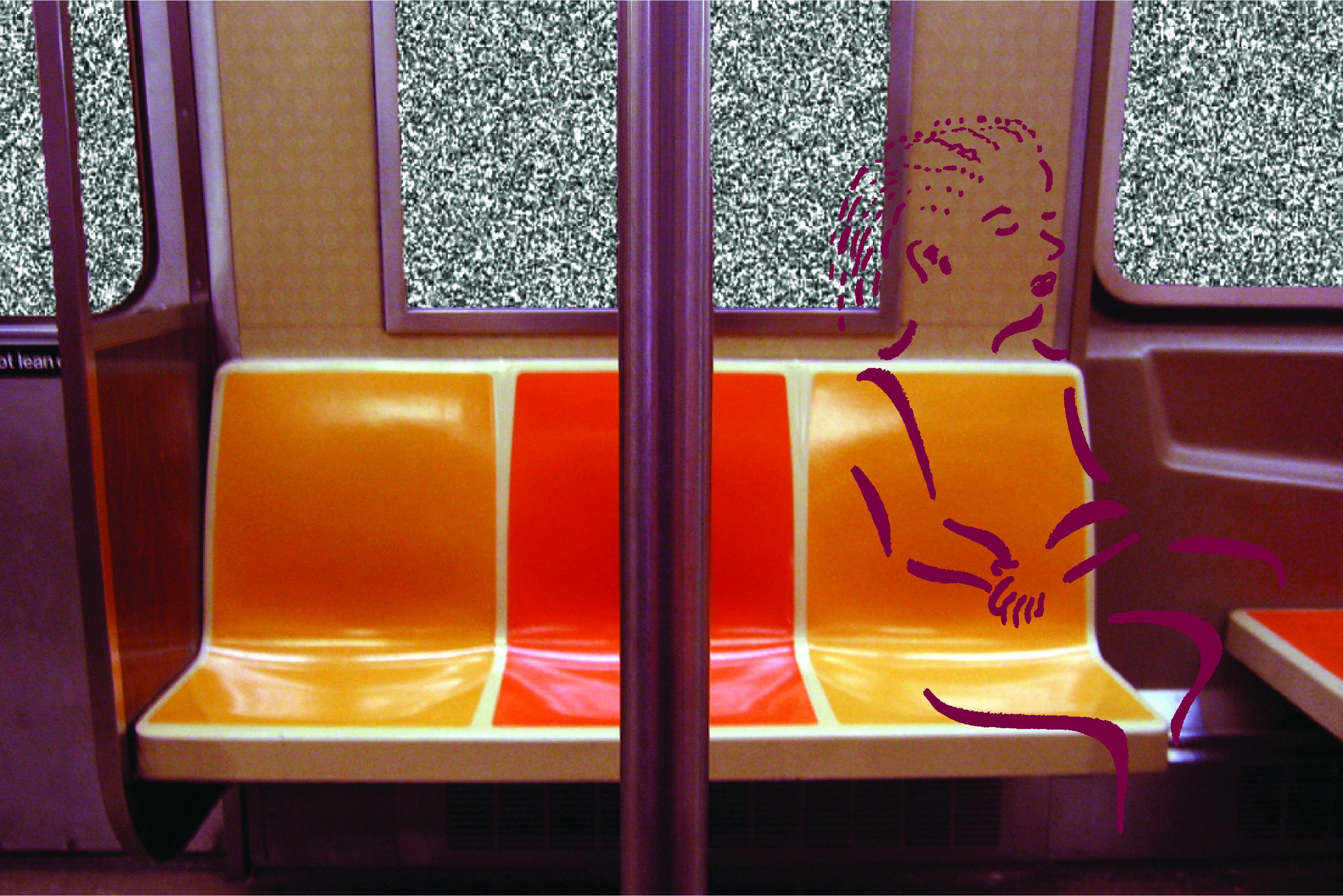Content warning: explicit mentions of violence, death, racism
I am disoriented by the bleakness and finitude of death. I am suffocated by the thought of bodies and bodies and bodies lying dead. I neither know where my life begins, nor where it ends in the face of death. Death affronts pulls you in — takes you by the nape of your neck — forces you to face it. There is no (more) life.
I cannot begin to conceive of the weight of my mother’s body, my father’s body, my sister’s bodyólimp. I cannot begin to understand the loss of words to form coherent phrases, the phrases soon muddled into incoherent sounds.
And yet.
We live in death.
October 2013, a 7.2 magnitude earthquake hit the island of Bohol, Philippines, killing 222 people. December 2012, a category five typhoon killed over 600 people in Mindanao, Philippines. January 2012, a landslide killed 25 people in the mining town of Pantukan, Mindanao, Philippines. December 2011 and June 2008 and November 2006 and February 2006 and November 2004, and all in the Philippines.
I did not know the children or the parents who died. I did not know which families these people belonged to. I never did, and I never will.
And yet.
I know of them, because I saw the disaster on TV and I watched a video on Facebook and I saw a picture on Twitter. I know that the country I was born in, the one I emigrated from, is the host of natural disasters that have resulted in countless dead bodies. I know it is the host of the war on drugs, a war that triumphs the on-going murder of innocent people. I know it is the host of the rampant disease and poverty that leave people dead.
And yet .
To know this is to know nothing about the Philippines.
I only know its death. Death defines the racialized body.
In a world dominated by colonialism, our racialized bodies are only allowed to exist in death. Colonialism shapes the world into a home for the white body; these bodies are the only ones that truly fit into our white-shaped world. White bodies are the ones allowed to build this home, the ones entitled to life in this home. The racialized body cannot fit into the mold, cannot inhabit the same home. The racialized body (my own body) doesn’t have the same entitlement to live in this world. The racialized body, unable to fit, unable to settle into a place called home, dies. Death is the only state in which colonizers can perceive of the racialized body. Death makes the racialized body legible, life does not.
The news reports, the Twitter pictures, the Facebook videos all become a microcosm of the world in which we live, in which we attempt to forge a home. We see white bodies live animated lives with ease: the pictures and videos and articles detailing the feats made in films, sports, and academia — all produced by white bodies. We see white bodies live because to be seen living and taking up space in a world in which you are at home is natural. We only see racialized bodies in death because to be seen alive, inhabiting the home shaped for white bodies, is somehow unnatural. We only see racialized bodies in death because, for us, life in the face of death has become natural.
Only in death do we see racialized bodies live. Only in the mass of flesh, the blood, the destruction do we see our bodies. Our homes are forged in this death, blood, destruction — a physical container. Only in death are marginalized people allowed to be alive.
And yet.
I know we are more.
I know my Tia — who lives in the Philippines, who goes to the palengke, the large, tumultuous, seemingly unending market where children run around, where vendors sell meat, fish, and produce, where people go to buy food and miscellaneous things every day — is more. I know my uncles — who work and harvest their fields, and their children who go to school to read, and write, and play, and laugh — are more. I know that the Philippines is alive.
Ignoring racialized people as they live only naturalizes the institutional oppression they endure — an oppression that determines what they can do, what they can be, and how they are allowed to live their lives.
The paradox of living life in death is a negation of life itself. To untangle racialized people from this, we must make them visible in life. The colonizer must acknowledge both their humanity and their mortality.
You must demand to see racialized people beyond the lens of what the colonizer lets you see. You must demand to see the work of racialized people. You must demand to see the accomplishments of racialized people. You must demand to see racialized people living and alive.
We are more than the monotonous lull of the rising fatality count. Let us live, let us live, let us live. Then watch us live. And then — look at the life: Tingnan mo yung palengke!

